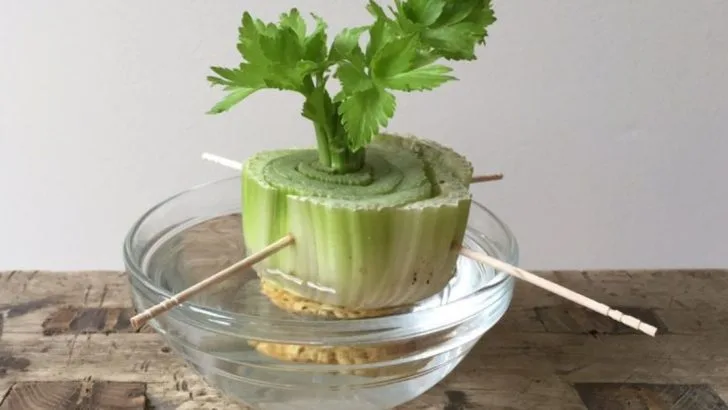Gardening often produces more waste than we realize—but with a little creativity, those scraps can become powerful resources. A few seasons ago, I set out to transform my garden into a no-waste system, where nothing green (or brown) would go unused.
From turning trimmings into compost, to propagating new plants from cuttings, and using kitchen scraps to feed the soil, I discovered countless ways to close the loop. The result? Healthier soil, fewer trips to the bin, and a more abundant garden.
In this article, I’ll share how I created a no-waste garden using plant scraps—and how you can start turning your own leftovers into garden gold.
Regrowing Green Onions
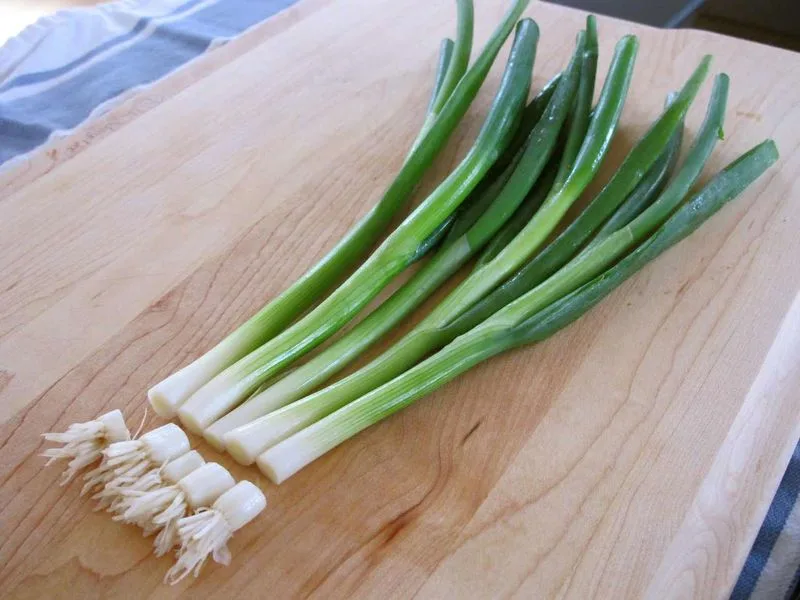
Ever thought those little white bulbs at the end of green onions were just leftovers? Think again! Place them in a jar with water and watch them regrow. Within days, you’ll notice vibrant green shoots sprouting up.
This method is not only economical but also highly satisfying for anyone who loves to cook with fresh ingredients. It’s like having an endless supply right at your fingertips, perfect for garnishing dishes or adding to salads. Plus, it’s a fun science experiment for kids!
With minimal effort, you’ve got a continuous cycle of fresh greens. It’s gardening magic!
Potato Sprouts
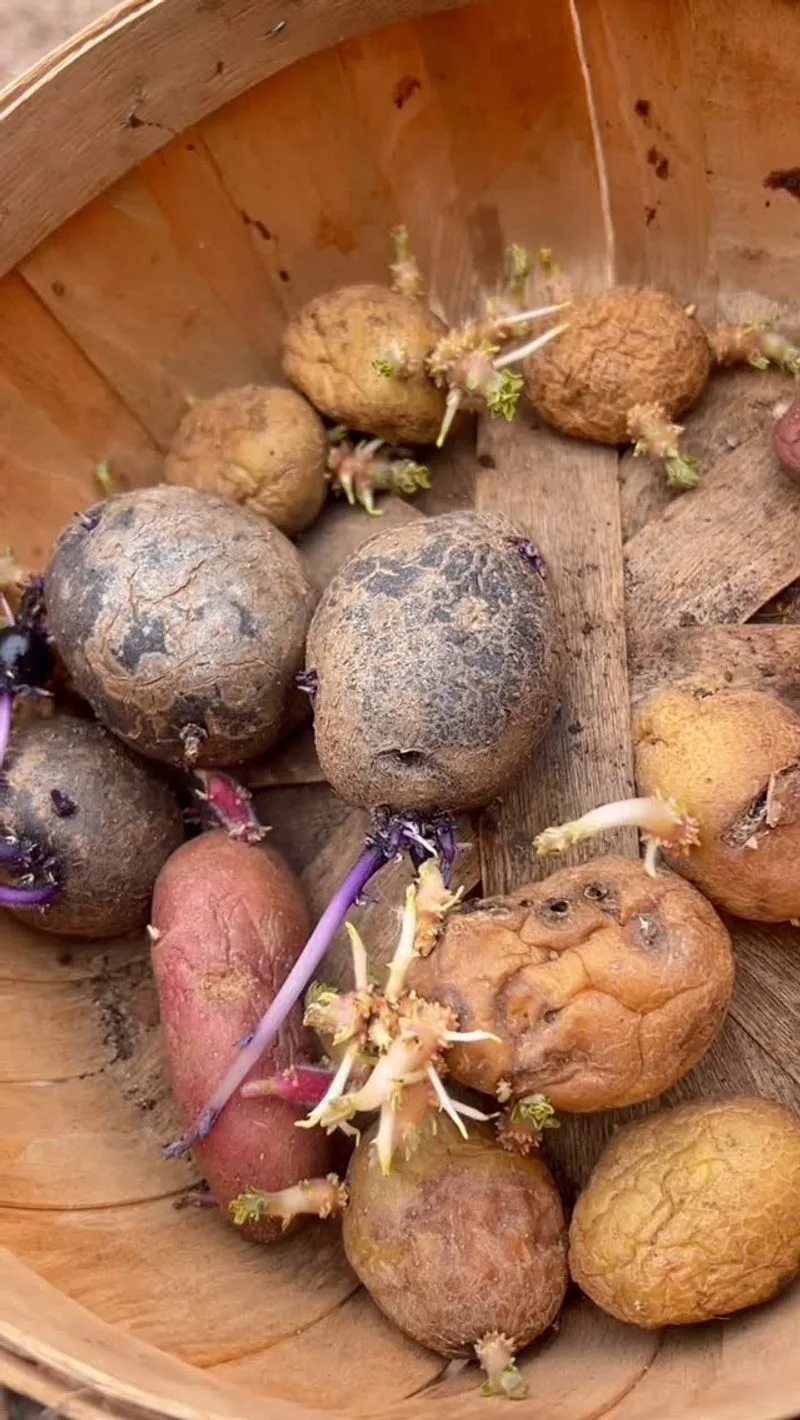
Stumbled upon sprouting potatoes in your pantry? They’re ready for the garden! Plant those sprouting spuds in soil and watch them take root. These tiny eyes hold the promise of a potato harvest.
Soon, leafy greens emerge, transforming into hearty plants. Not only is this a great way to reduce waste, but it also rewards you with homegrown potatoes.
Imagine digging up your own potato treasure! Kids and adults alike find joy in discovering these hidden gems. Potatoes are versatile, and having them fresh from your garden is unbeatable.
Celery Base Revival
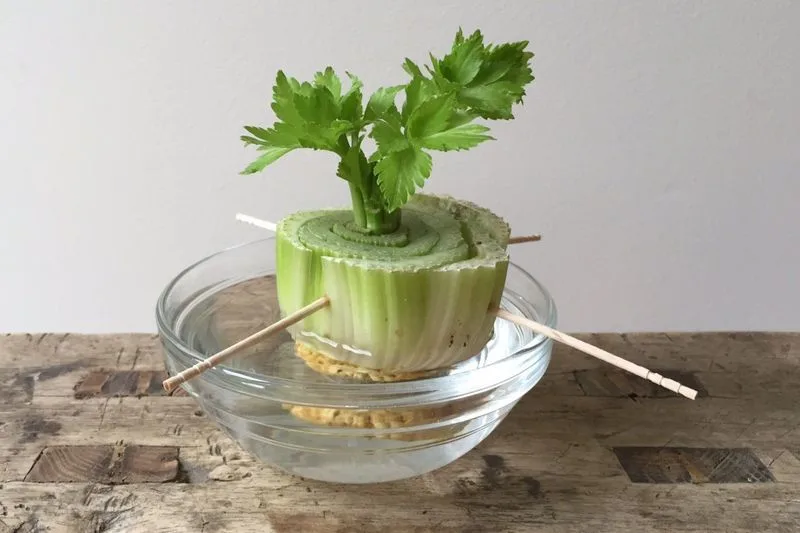
Don’t toss that celery base! Place it in a shallow dish with water, and watch new stalks emerge. It’s a fascinating process where you can witness the resilience of nature.
This hack is perfect for those who love to snack on crisp celery sticks or add them to soups. It’s an easy and engaging way to reduce kitchen waste while enjoying fresh produce.
Before you know it, you’ll have new celery ready to be planted in soil. It’s a simple, rewarding addition to your gardening routine, bringing a touch of green to your space.
Avocado Seed Sprouting
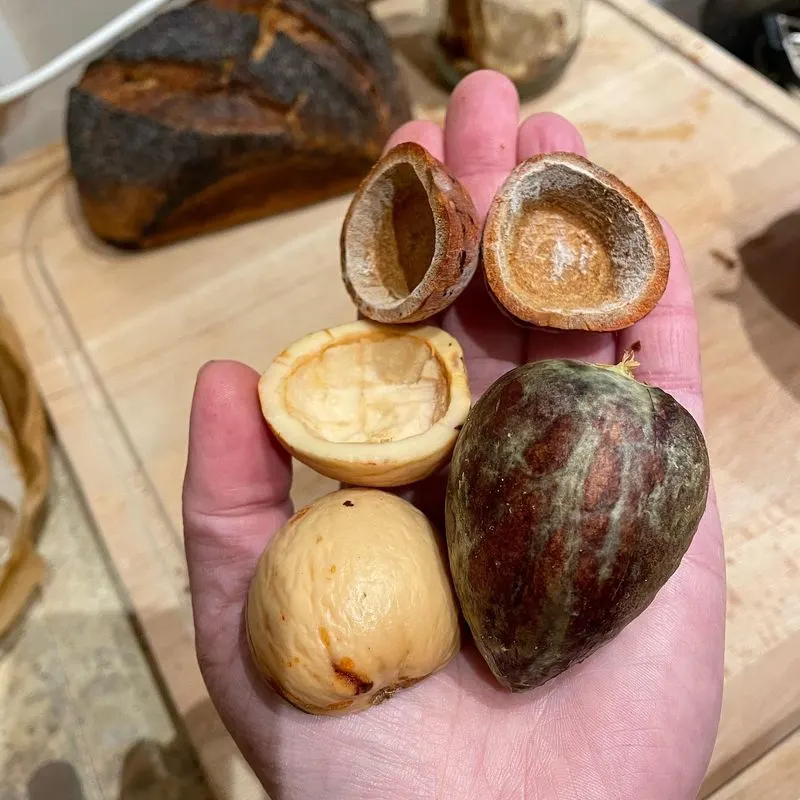
That large seed in your avocado isn’t just a pit; it’s a potential plant! Suspend it over water using toothpicks, and soon, roots and a stem will appear.
This method offers a fascinating glimpse into plant growth and can lead to a beautiful houseplant. Though growing your own avocados might take patience, the process itself is fulfilling.
Who wouldn’t want a lush avocado tree adorning their home? Plus, it’s a conversation starter for guests who see its progress. It’s a testament to patience and nature’s wonders.
Pineapple Top Planting
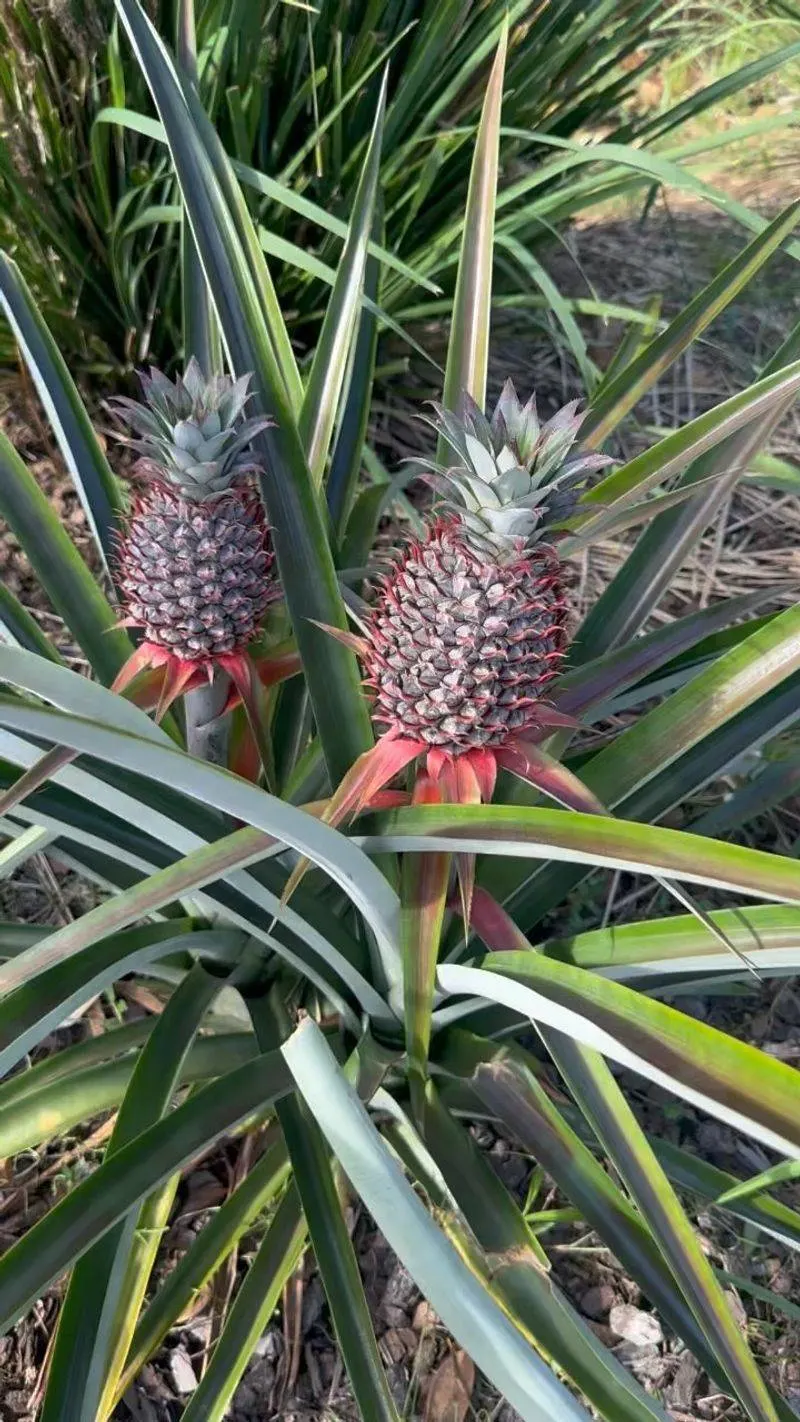
Next time you enjoy a juicy pineapple, save the top. Planting it can lead to a unique tropical plant that adds an exotic touch to your garden.
Over time, this vibrant addition can grow into a stunning centerpiece. It’s a perfect project for those looking to add a bit of flair to their plant collection.
While it might not bear fruit immediately, the journey from kitchen waste to decorative plant is worth it. It’s a creative way to practice sustainable gardening and enjoy a bit of the tropics at home.
Lettuce Regrowth
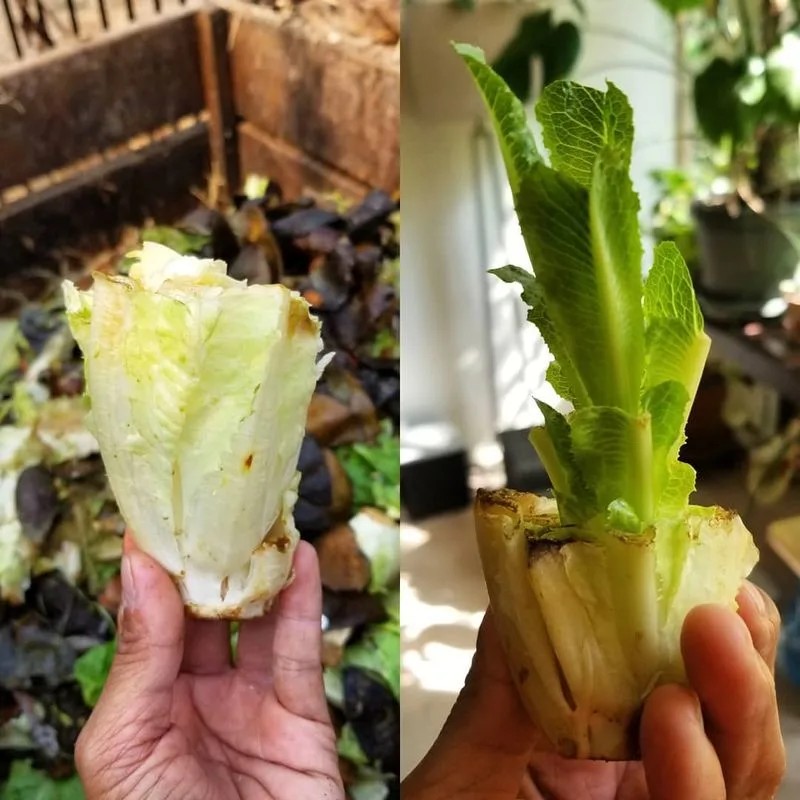
The end of a lettuce head isn’t the end of the road! Place it in water, and watch as new leaves begin to sprout. It’s an easy, efficient way to have fresh greens without constant trips to the store.
This process is not only satisfying but also a lesson in patience and care. Kids can learn about growth cycles and sustainability, making it educational too.
Before long, you’ll have enough lettuce for a small salad, showcasing the benefits of no-waste gardening. Enjoy the satisfaction of growing your own food!
Herb Cuttings Revival
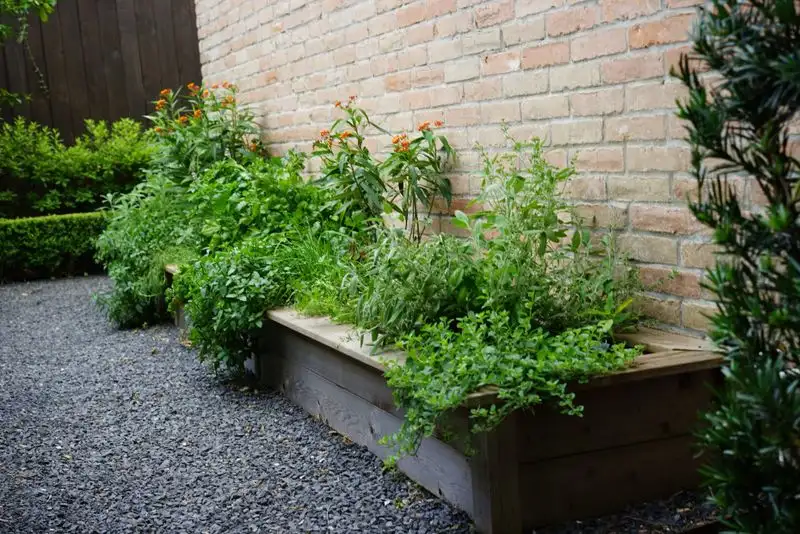
Herb cuttings are like nature’s gift that keeps on giving. Snip some stems from your favorite herbs and place them in water. Watch as roots develop, readying them for soil.
This method is both practical and charming, offering endless possibilities for culinary adventures. Fresh herbs elevate dishes with their vibrant flavors, and having a homegrown supply is a delight.
It’s a small step towards a sustainable lifestyle, ensuring you always have a sprig of basil or mint at hand. Plus, it adds a fragrant touch to your kitchen space.

